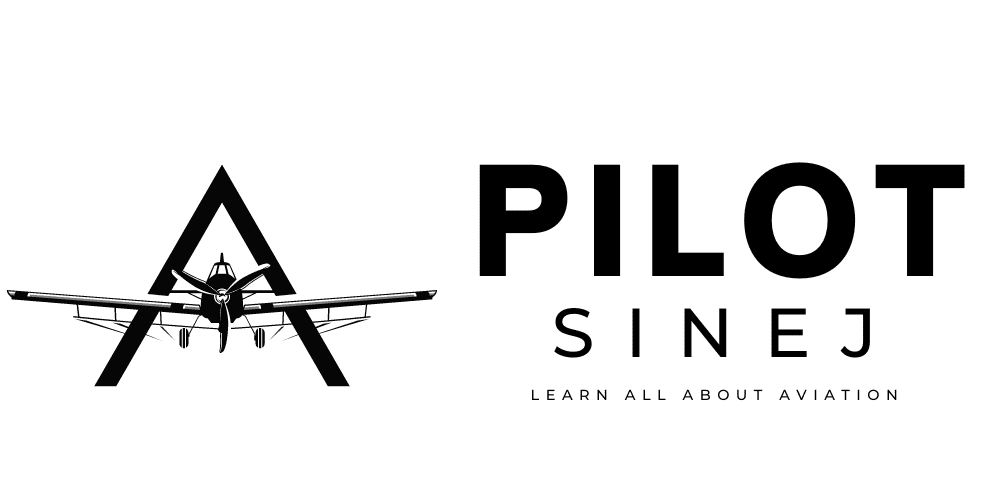In the world of aviation, not just skill but health plays a crucial role. The Class 1 Medical Certificate is a testament to this, demonstrating a pilot’s health and fitness to handle the demands of flight. Let’s understand more about this medical certificate and its role in different pilot licenses.
Classifying Fitness: Aviation Medical Certificates
Aviation medical certificates are typically classified into three classes – Class 1, Class 2, and Class 3, each corresponding to different levels of pilot licenses.
1. Class 1 Medical Certificate: Required for pilots holding or training for an Airline Transport Pilot License (ATPL), a Commercial Pilot License (CPL), or a Multi-Crew Pilot License (MPL). It indicates that the pilot meets the highest medical standards required for professional flying.
2. Class 2 Medical Certificate: Needed for pilots with a Private Pilot License (PPL) or a Light Aircraft Pilot License (LAPL). The medical requirements for this certificate are less stringent than Class 1.
3. Class 3 Medical Certificate: Required for Air Traffic Controllers, this certificate confirms that the holder is medically fit to perform air traffic control duties.

Mapping the Class 1 Medical Certificate
The Class 1 Medical Certificate serves as a professional pilot’s health passport, demonstrating their physical and mental capacity to safely operate an aircraft under the demanding conditions of commercial aviation.
The stringent medical assessment for this certificate covers various health parameters, ensuring that pilots meet the highest standards of physical and mental fitness.
The medical examination for the Class 1 Medical Certificate encompasses a comprehensive evaluation, scrutinizing everything from sensory abilities, like vision and hearing, to vital physiological systems such as cardiovascular and neurological health.
Vision Requirements: Pilots must have excellent vision for safe flight operations. The standards include a visual acuity of 6/9 or better in each eye separately and 6/6 together, with or without correction.
Color vision, peripheral vision, and the ability to perceive depth are also assessed.
Hearing Assessment: Effective communication is vital in the cockpit. A pilot’s hearing is assessed to ensure they can hear conversational speech over a distance of two meters, with or without hearing aids.
Cardiovascular Health: The heart’s health directly impacts a pilot’s ability to perform under stressful situations. The assessment includes an electrocardiogram (ECG) to detect any heart irregularities.
Neurological Health: The examination includes an evaluation of a pilot’s neurological health, assessing conditions that could impact the central nervous system and potentially compromise flight safety.
Mental Health: The mental well-being of pilots is just as crucial as physical health. The assessment ensures pilots are free from psychiatric disorders or substance misuse that could impair their ability to operate an aircraft.
Metabolic and Endocrine Systems: Conditions like diabetes or thyroid disorders can impact a pilot’s health in various ways. The examination ensures such conditions are well-managed and do not pose a risk to flight safety.

Additional tests might include chest X-rays, blood tests, lung function tests, and, in some cases, further specialized examinations.
The purpose of these rigorous assessments is not to discourage potential aviators but to ensure that pilots are in peak health condition, prioritizing the safety of all onboard and the smooth operation of the aircraft.
Earning a Class 1 Medical Certificate demands not just initial health qualification, but the commitment to maintain one’s fitness throughout their career.
This involves regular health checks, a balanced diet, adequate physical activity, and proper rest. Such an unwavering focus on health ensures that pilots are prepared to meet the rigorous demands of commercial aviation head-on, setting the stage for a safe and successful career in the skies.
Securing Your Class 1 Medical Certificate
Securing a Class 1 Medical Certificate is a two-step process. The initial examination is conducted at a medical center authorized by the aviation authority, such as the FAA or EASA.
The periodic revalidations, however, can be performed by a certified Aviation Medical Examiner.
The initial Class 1 medical examination involves a comprehensive assessment, including a review of your medical history, physical examination, vision and hearing tests, an electrocardiogram (ECG), lung function test, and a blood test.
Upon clearing the assessment, you receive your Class 1 Medical Certificate, valid for 12 months for pilots under 60 and six months for pilots over 60.
The Importance of Staying Healthy
While earning a Class 1 Medical Certificate is a milestone, maintaining your health for revalidation is just as crucial.
Regular exercise, a balanced diet, sufficient rest, and routine medical checks will help ensure you stay in top form to keep your career soaring.
To be a pilot, one must skillfully navigate not only aircraft but also their health. After all, in aviation, safety starts with ensuring the pilot is in optimum health.
So, secure your Class 1 Medical Certificate and embark on a journey towards the professional skies.
